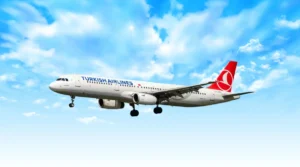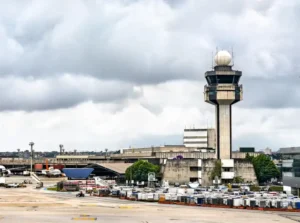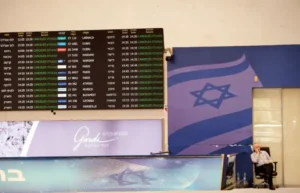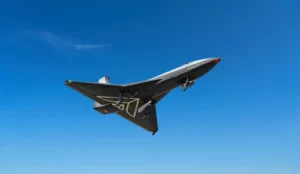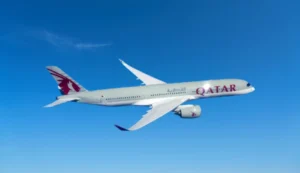Air Serbia Plans Further Fleet Growth
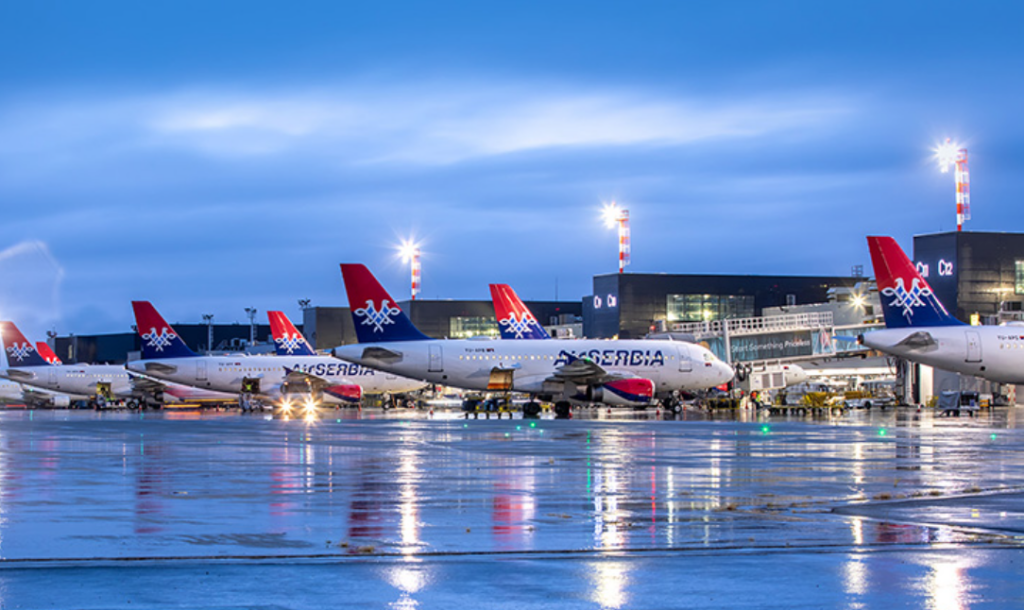
Image Source: Air Serbia
Air Serbia plans to further grow its fleet in 2025 with the carrier expected to add seven aircraft this year alone. Air Serbia’s CEO, Jiri Marek, recently said, “Logically with the growth in passenger numbers and the network, the fleet will grow as well. Over the past two years we completely renewed our ATR fleet and this year a further three joined so now we have ten ATR72-600s. Currently, we have two Embraer E195s in Belgrade, and we are waiting for some administrative procedures to be completed in order for them to begin commercial operations as well. We will also add two wide-body aircraft. One A330-200 is currently in Lisbon in the delivery process. We think it will be in Belgrade within August. Another one will come in October or November, depending on the maintenance. We will continue growing our fleet next year, but I won’t share in which segment”.
According to the CEO, the carrier’s existing ten-member ATR72-600 fleet is big enough to meet its current needs for regional operations. The carrier will look to further grow the number of Embraer jets, in addition to the incoming two, while it plans to replace existing Airbus A319s with A320s once their lease agreements come to an end. Mr Marek did not want to put a limit on the number of aircraft the airline may have. He noted, “I don’t want to stick to any number because the fleet is constantly growing. Saying a number might cause confusion. Currently we have 25 aircraft in the fleet, we will have 27 and soon we hope 29”.
In addition to its own fleet, Air Serbia currently has three wet-lease partners providing the airline with its aircraft and crew. These include four A320s operated by GetJet Airlines. From time to time, depending on operational needs, the A320s may be exchanged with Boeing 737-800 aircraft. Fly2Sky operates one A320 on Air Serbia’s behalf, while Bulgaria Air wet-leases two of its E190 jets. Mr Marek recently noted, “If you look across Europe, wet-leasing has become inevitable for the time being. We are sometimes criticised that we are using too much wet-leased capacity. It is something that we would not like to do, but it is what it is at the moment due to the state of the industry. We are working hard to be able to have sufficient capacity to grow on our own”.

